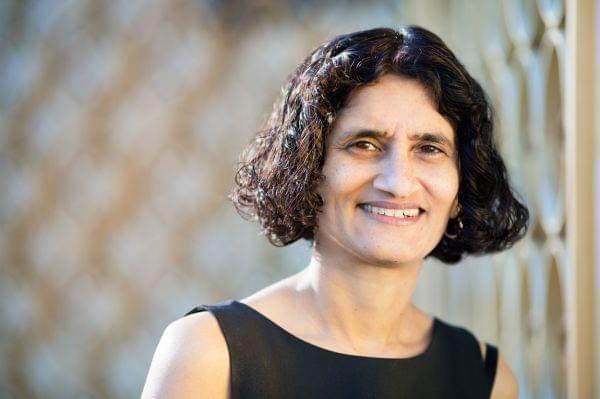Juries For Juveniles

Suja Thomas from the University of Illinois College of Law University of Illinois College of Law
In February, a series of fights broke out at the Urbana high school. No one was seriously injured. At the same time, several students —15- and 16-year-old boys – who all appear to be African-American — were charged with a crime: mob action.The boys faced sentences ranging from probation to three years in juvenile detention.
Kids in circumstances like this don’t get a trial — at least the kind of trial that most of us imagine. In Illinois and in many other states, juveniles have no right to a jury trial. Instead, when a youth is charged with a crime, a judge, who is elected or appointed by the state, who is most likely white, and who very well was a prosecutor in the past, decides whether that youth is guilty and the consequences for him. In this case, the judge presiding over the case was elected, is white, and was a former prosecutor. In the past, youth actually held the right to a jury trial, just like adults.
However, there was concern that children should not be prosecuted in the same system and be placed in the same facilities as adults. It was thought that this could criminalize them. Reformers believed a different system for youth would rehabilitate juveniles. Among other characteristics, that new system would place an understanding, parent-like judge at the helm and juveniles would be placed in a separate detention facility.
But this system has been heavily criticized.
Here, juveniles who are charged with the same crimes as adults can receive the same or even longer sentences. And the facilities often are as—oppressive as prison conditions. The United States Supreme Court has acknowledged “[t]here is evidence … that . . . the child receives the worst of both worlds: that he gets neither the protections accorded to adults nor the solicitous care and re-gen-er-a-tive treatment postulated for children.” At the same time, the Court has justified its decision that juveniles hold no right to a jury trial on the basis that the proceedings are for the purpose of rehabilitating the accused.
But the right to a jury trial was set forth in the Constitution because juries were to check judges and the power of the state. A documentary "Kids for Cash" shows why juries were to decide. Two judges in Pennsylvania were convicted of taking bribes of around $2 million from private detention centers to send thousands of youth to prison. This shows that judges can be subject to corruption or other bias.
Turning back to the Urbana high school fight, a judge likely won’t even decide any of the cases. Let’s take one of the cases. A fifteen year old boy pled guilty. What this means is: a judge was not involved in the rehabilitative process that was supposed to occur at trial. There was no trial at all. Instead, the state — the prosecutor — effectively became the accuser and the decider. And then, another part of the state—the judge—will decide how long the juvenile will serve.
In this system, the fifteen year old may be detained in a prison-like place for three years. This all occurs without any community involvement in the decision. Now, whether the prosecutor and judge—in cases like this—can fairly decide the guilt of youth—is unclear.
Could the fact that they are elected affect their decision-making?
Could discrimination affect their determination?
Both seem at least possible. At the same time, the Constitution and history show that youth should have the same rights as adults. They should be tried by juries—a varied group of people from the community.

